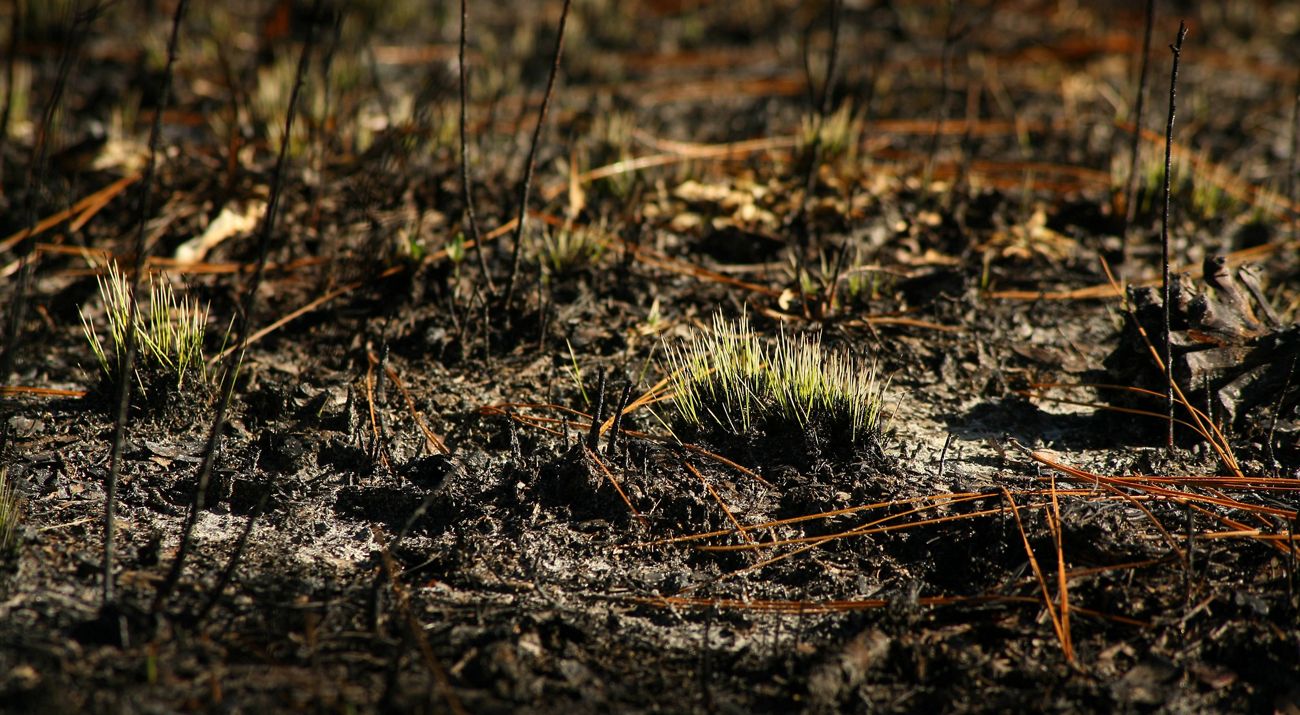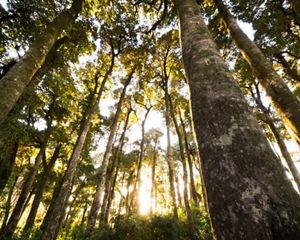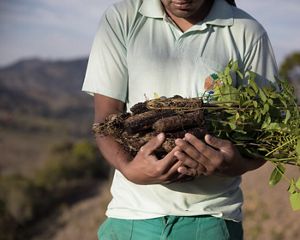Forests Can Absorb Carbon More Quickly Than Previously Thought
Nancy Harris, Susan Cook-Patton, David Gibbs and Kristine Lister
There’s increasing recognition of how nature can help tackle the climate crisis. From protecting standing forests to planting new trees, forests offer significant climate mitigation benefits. Now, new research shows that letting forests regrow on their own could be a secret weapon to fighting climate change.
Experts at the World Resources Institute (WRI), The Nature Conservancy and other institutions mapped potential rates of carbon capture from “natural forest regrowth”—a restoration method distinct from active tree-planting—initiatives where trees are allowed to grow back on lands previously cleared for agriculture and other purposes. The results, published in the leading journal Nature and available on the Global Forest Watch platform show that letting forests regrow naturally has the potential to absorb up to 8.9 billion metric tons of carbon dioxide from the atmosphere each year through 2050, while still maintaining native grasslands and current levels of food production.
That’s the equivalent of soaking up one-quarter of global fossil fuel emissions from the atmosphere every year. This is on top of the carbon sponge already provided by existing forests, which currently absorb around 30 percent of fossil fuel emissions each year.
Knowing When and Where to Let Nature Take the Lead
While decarbonization of fossil fuels and other industrial emissions remain essential pieces of the emissions-reduction puzzle, nature also has a major role to play. The United Nations declared the 2020s as the “Decade of Ecosystem Restoration,” calling for massive restoration of degraded lands to help mitigate climate change.
It’s a powerful message, but too often “restoration” is seen as synonymous with “tree-planting.” For example, a close look at national restoration commitments made under the Bonn Challenge, UN REDD+ program, Nationally Determined Contributions under the Paris Agreement, and other schemes reveals that almost half of the current land area slated for restoration is set to become plantations of commercial trees. Balancing active reforestation of commercial species with natural forest regrowth could make for a more effective approach in terms of both carbon and biodiversity.
The map generated for the recent Nature study can help identify locations where natural forest regrowth has high climate mitigation potential, to be considered alongside active tree-planting initiatives. There are many advantages to letting forests recover on their own: it’s often cheaper and more likely to benefit native wildlife. The new map, viewed alongside other information on the local socioeconomic setting and alternative uses for the land, can provide context for optimizing where to let nature take the lead.
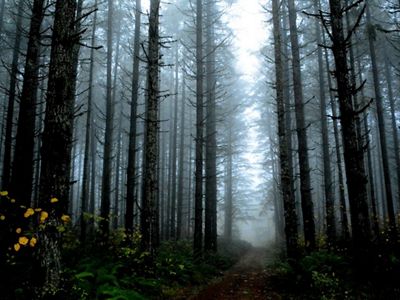
Previous Estimates of Carbon Accumulation Rates Are Too Low
This latest study shows that potential rates of carbon capture from natural forest regrowth are far higher than previously estimated.
For decades, ecologists have collected data on the ground at different locations around the world about how quickly previously forested areas return to forest and recover carbon after agricultural abandonment or other disturbance. The Intergovernmental Panel on Climate Change (IPCC) periodically compiles these measurements by general ecosystem type to provide default rates, which many countries use to estimate how much carbon their forests remove from the atmosphere each year as they compile national greenhouse gas inventories and set climate mitigation commitments.
The new study found that these generalized IPCC defaults underestimate sequestration rates in young forests by 32 percent globally, and by a full 50 percent for tropical forests. This is because the new map captures spatial variability in rates across a landscape much better than a smattering of hard-won field plots can; it’s simply not feasible or cost-effective to measure carbon everywhere. By using IPCC defaults, many governments may be underestimating the carbon benefits of natural forest regrowth, and thus underappreciating its power as a climate change solution.
Quote
Governments may be underestimating the carbon benefits of natural forest regrowth and underappreciating its power as a climate change solution.
Where Does Natural Forest Regrowth Have the Most Carbon-Removal Potential?
Rates at which young forests remove carbon from the atmosphere vary by orders of magnitude across the world; tropical countries in West and Central Africa have the highest rates, while countries in Central Europe and the Middle East have the lowest.
And while carbon accumulation rates are usually highest in warmer, wetter climates, they can also vary dramatically at local scales, for example with three-fold variation across Colombia alone.
By harmonizing detailed carbon measurements collected at different locations around the world and combining them with cutting-edge machine learning methods, the new map takes into account how 66 environmental variables influence forest growth rates—everything from topography to daily temperature range to soil texture. This new geospatial information is now easily accessible to governments, civil society organizations and companies via Global Forest Watch.
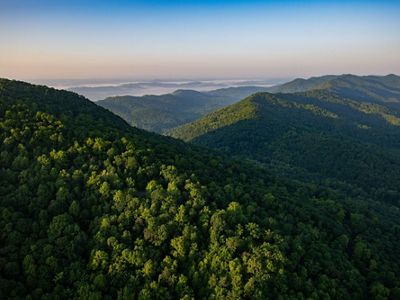
Stepping Back to Move Forward
Letting previously forested land recover carbon naturally can contribute to the 730 billion metric tons of carbon dioxide the IPCC says must be removed from the atmosphere by the end of this century to avert the worst impacts of climate change. Increasing forest cover can also bring additional benefits beyond climate change mitigation, such as preventing floods, regulating rainfall, slowing biodiversity loss, and sustaining traditional ways of life and economies. Equipped with a more detailed understanding of forests’ potential to capture carbon, officials can make rapid assessments on how to best use land for the greatest climate return.
Susan Cook-Patton is Senior Forest Restoration Scientist at The Nature Conservancy. Nancy Harris is Research Manager; David Gibbs is GIS Research Associate; and Kristine Lister is Research Associate—all of the Global Forest Watch at the World Resources Institute.
Originally posted at World Resources Institute
September 23, 2020
View original
Global Insights
Check out our latest thinking and real-world solutions to some of the most complex challenges facing people and the planet today.
